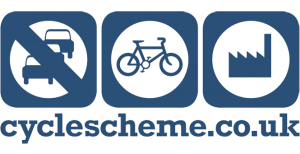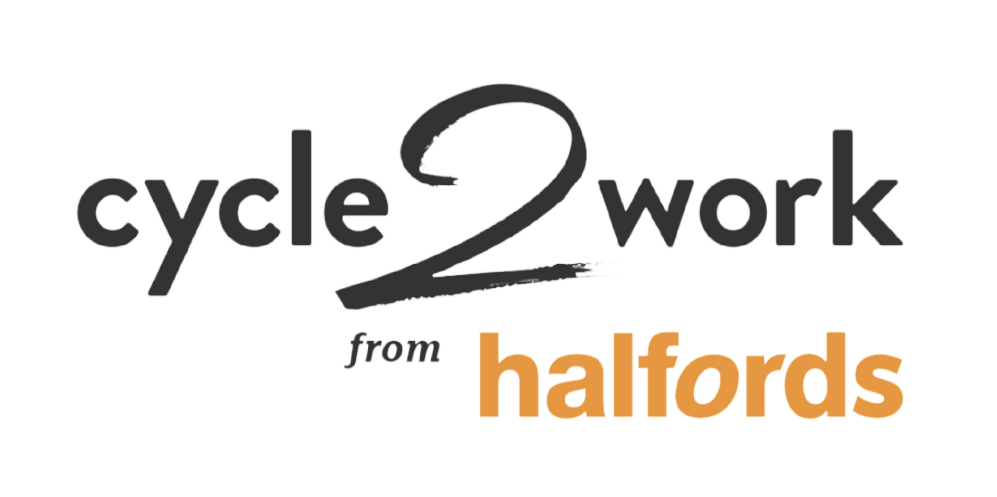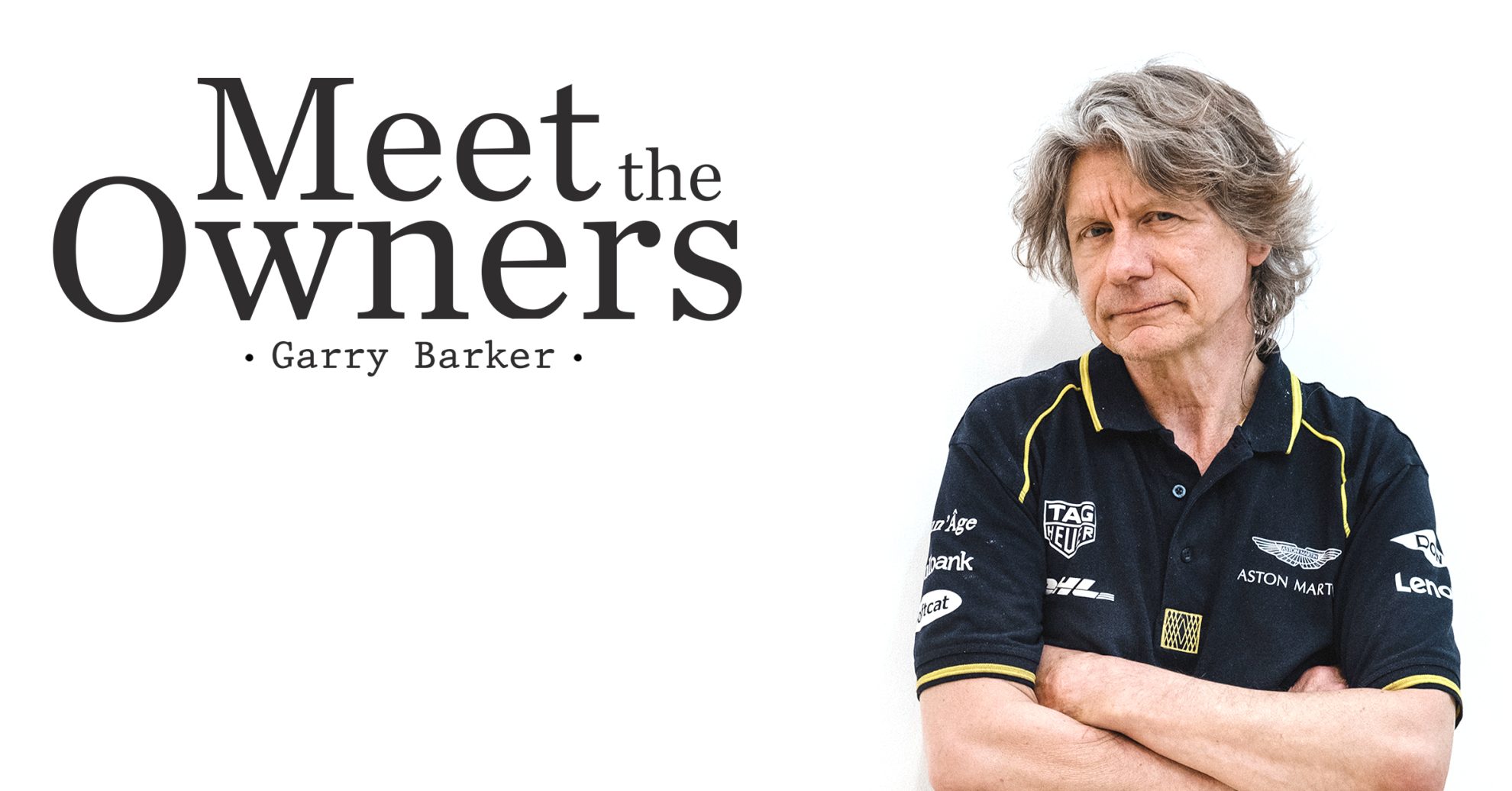
Meet Garry Barker, former design sculptor at Aston Martin and committed commuter
Garry clocked up an intergalactic mileage riding his J.Laverack J.ACK on his daily commute to the design studio at Aston Martin, where he created life-size models of irresistible new sports cars in clay.
I’ve ridden over 40,000 miles in the last seven years. In 2015 I bought an ALAN aluminium-framed bike, which was nice to ride, so I started cycling to work. Rather than taking a sensible approach I just decided to stop using the car. For the first month I thought I had died. It was such a shock to my body to do that kind of mileage day in, day out.
My daily commute was 40 miles, 20 there and 20 back, and I did it four days per week. I set off at 4.30 in the morning so the roads were quiet. If I woke up and could hear the wind howling and the rain hammering it dampened my enthusiasm, but once I got on the road I was into a mindset to ride. Thankfully, there was never a period of horrendous snow in that time, and while the roads I used were a bit busy on the way home, at least they had been gritted.
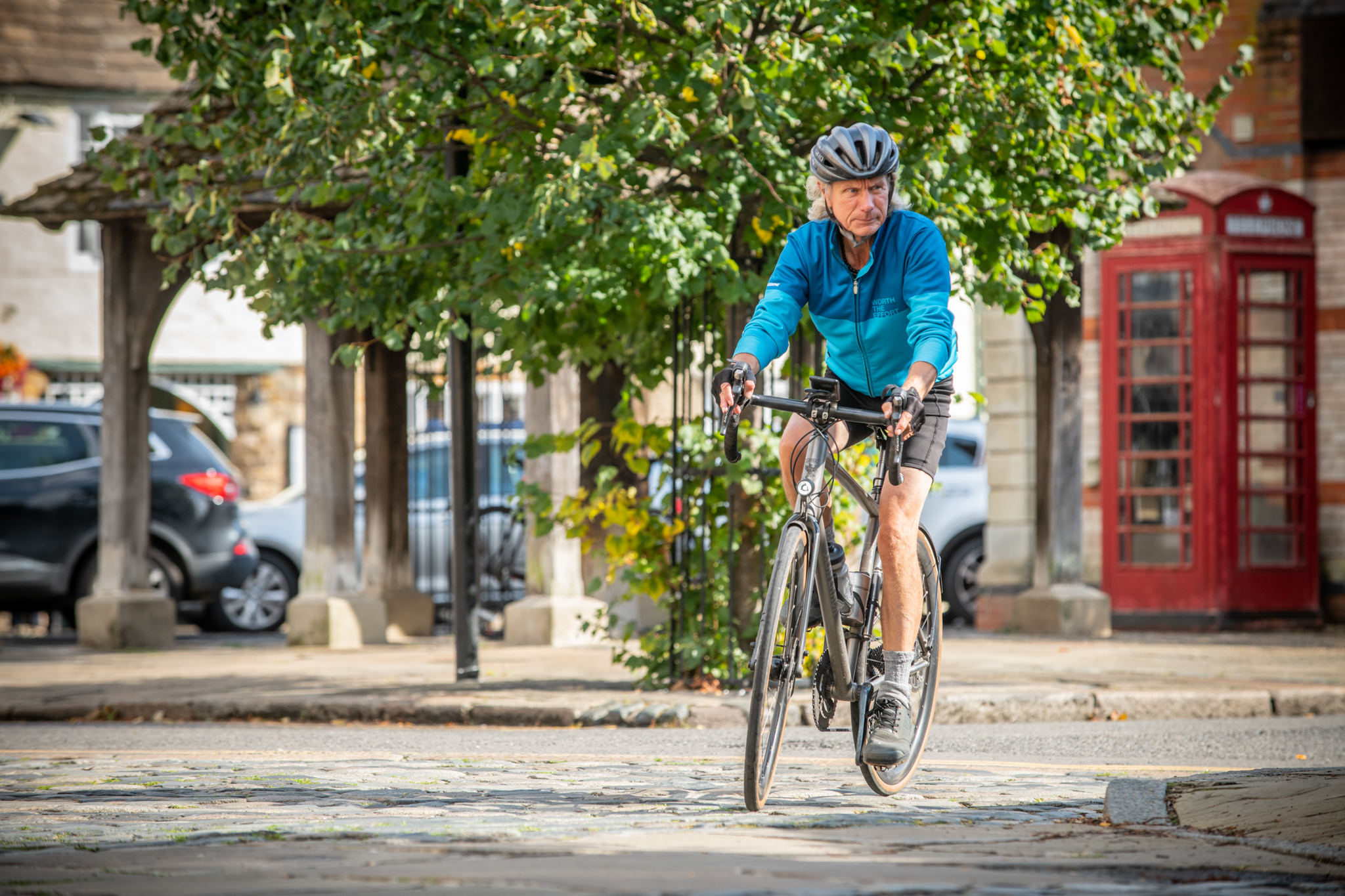
Commuting by bike saved me money, so I could justify buying another bike. I found a Raleigh Special Products titanium bike in mint condition on eBay. As soon as I saw it and rode it I had to have it. It was a £400 bargain and I used it for 15,000 miles.
I’ve been interested in bike design for years, tinkering with old bikes and renovating a couple of 1950s models.
A bike has to have a nice stance, which is why I still like the old racing bikes of the 1960s and 1970s. There is a certain elegance to them; the sections are so slim you almost think they cannot withstand the rigours of a ride, and yet they do. They have a leanness that you don’t see in modern bikes. It doesn’t mean modern bikes aren’t attractive, just that they are different.
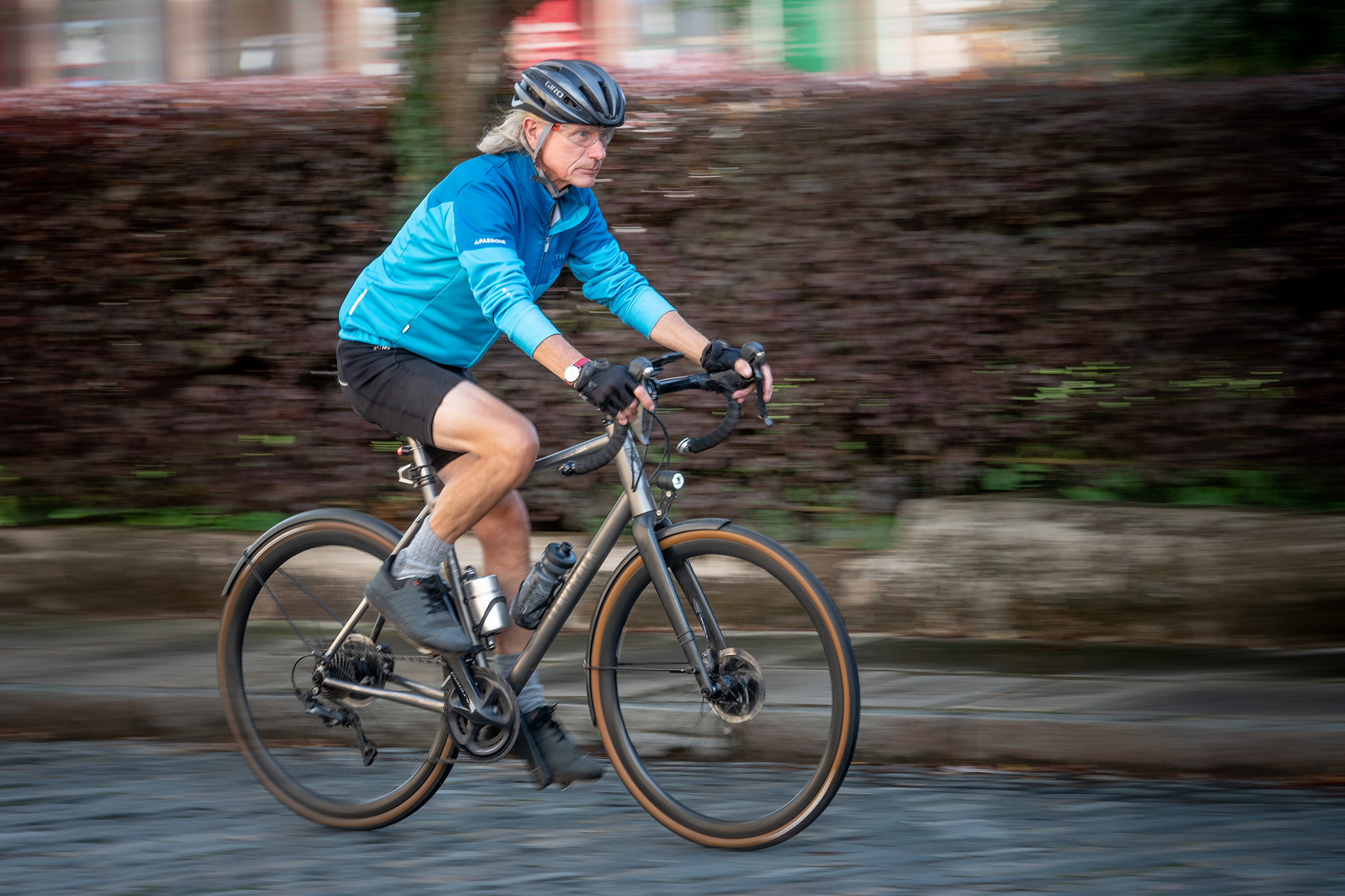
As a designer, I decided to create my own bike. I saw a picture of a Pedersen and loved the concept. It was so different from a traditional bike with its slung saddle suspended between two pivot points. It was theatrical and that engaged me, so I made a couple of experimental versions, cutting up old bike frames, buying some cheap tubing and then having a go at welding and brazing. That led to my first Pedersen and a tandem for me and my wife.
Commuting through winter made me want disc brakes. I also knew any new bike would have to contend with all sorts of weather, so I decided that the frame had to be titanium; I didn’t want a ‘plastic’ bike.
The first law of design is to be fit for purpose. For me, the shape and sculptural element is vitally important (I also create figurative art works, which are cast in bronze). You can bend metal to make a certain shape and it will be pig ugly, or for the same cost you can bend that same piece of metal into something that looks beautiful.
I worked in the design studio at Aston Martin. My first job was as a pattern maker in a brass foundry in Sutton Coldfield that used to make gas fittings. I moved to work in the pattern shop for Austin Rover when a job came up for a clay modeller. Over the years I’ve worked for Rover, for Land Rover on the facelift of the Range Rover back in 2001, and even for Lincoln on a project car in California. Eventually I returned to England and got a job working on the Aston Martin Vantage.
People think cars must be designed on the computer but they’re not and never have been. You can get a vision of the concept on screen, but it doesn’t give you a feel. You have to sculpt it in a full-size environment so you can walk around the car, see it and feel it in real space and time. The beauty of clay is that it’s very easily changeable, we can change surfaces very quickly. As designers see a car evolve in a real space things that looked okay on a sketch may not look okay in real life. We can keep on changing it far faster than you could re-write a computer programme. Once the clay model is finished it’s digitised, numerically captured, and that can be used for programming milling machines.
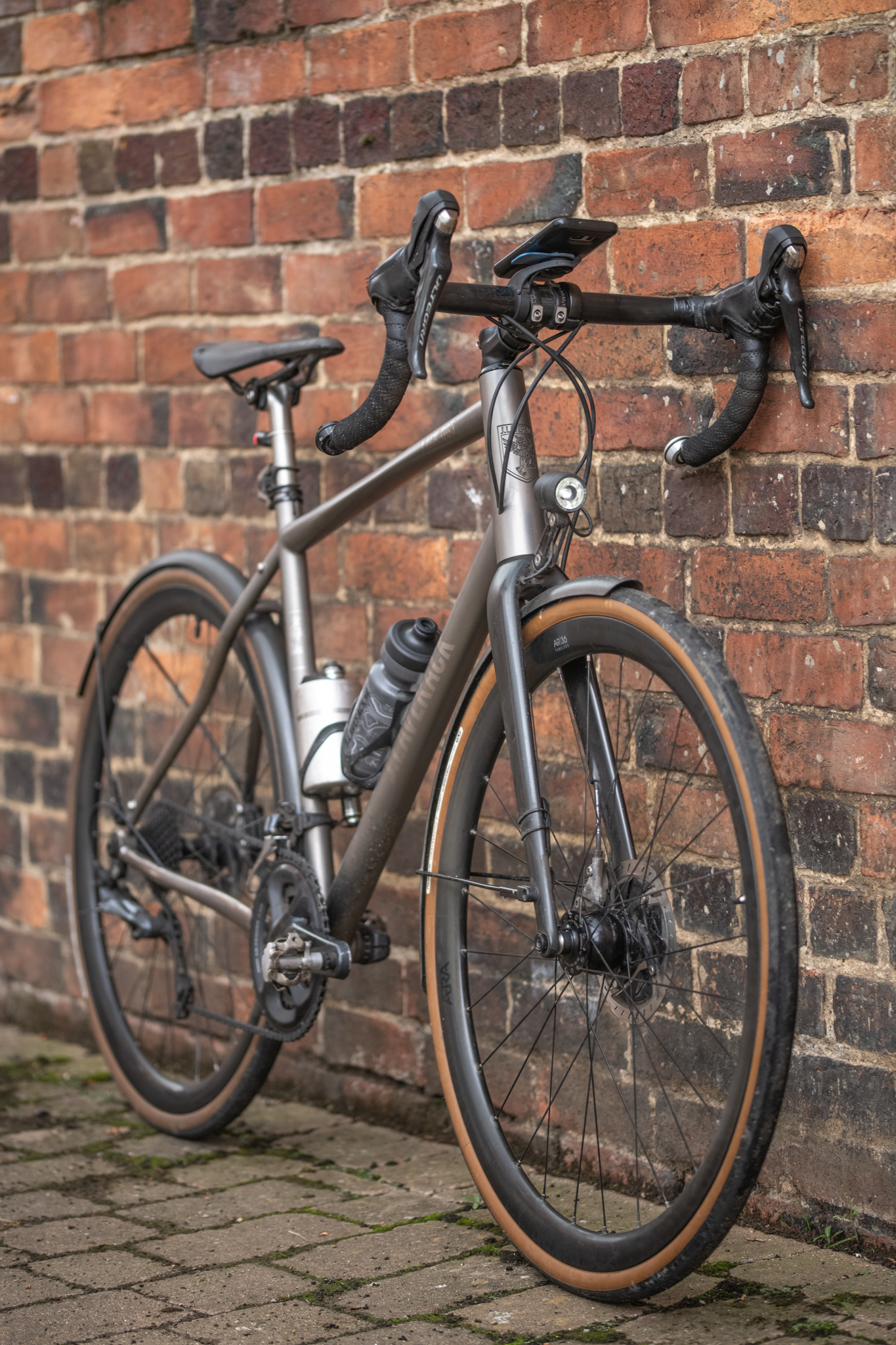
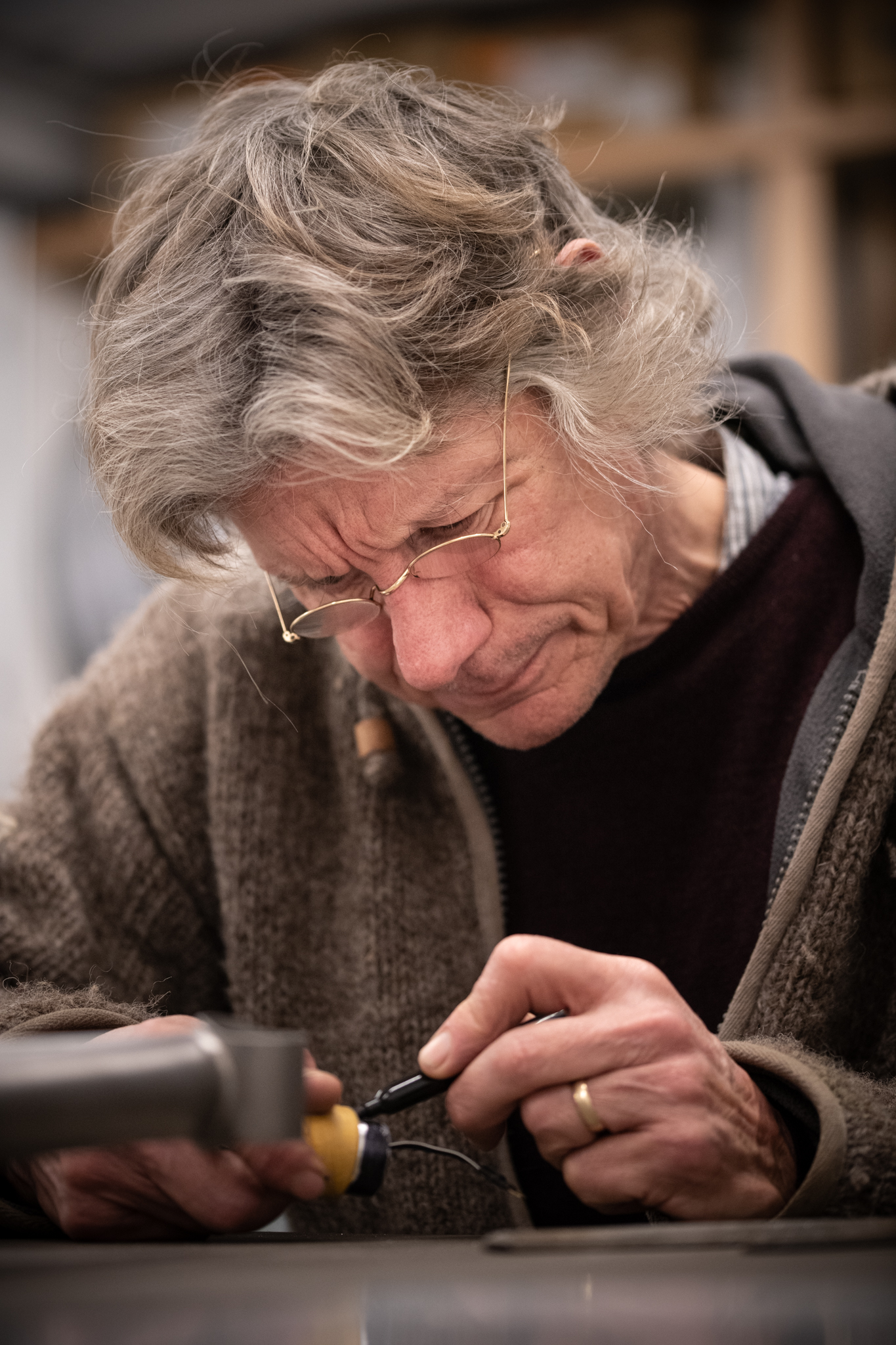
Cars and bikes are the same. It’s easy to see a bike that doesn’t look right. A bike has to encompass certain engineering elements to function, but sometimes the form of the tubes between these technical points could be more flamboyant, more attractive or have more interest. I like the J.Laverack J.ACK because the sculpted top tube is different.
What marks a good bike is that everything has been technically worked out, it’s been well engineered and has high grade components. If you can get away with it, the frame should have some beautiful formations in the tubes. But you can go too far – everything should serve a purpose or it shouldn’t be there.
I came across J.Laverack online. I liked the way their frames hid the cables as best they could, although I still ummed and aahed because the bikes are a lot of money. I then spoke to Oli and Dave [Oliver Laverack and Dave Clow, co-founders of J.Laverack] and met them at the NEC Bike Show. I really liked the way they engaged with people, I liked the fact they were a young company, and I liked the fact that they offered a degree of bespoke choices. And I loved their attention to detail.
So I ordered my first J.Laverack and went for their bike fit. I knew exactly what I wanted. The cables, for example, had to go symmetrically into the top tube (I didn’t want them going around the side). What really impressed me is that Oli and Dave weren’t precious – if the customer has a viable option they will listen. I rode that bike virtually every day for nearly two years.
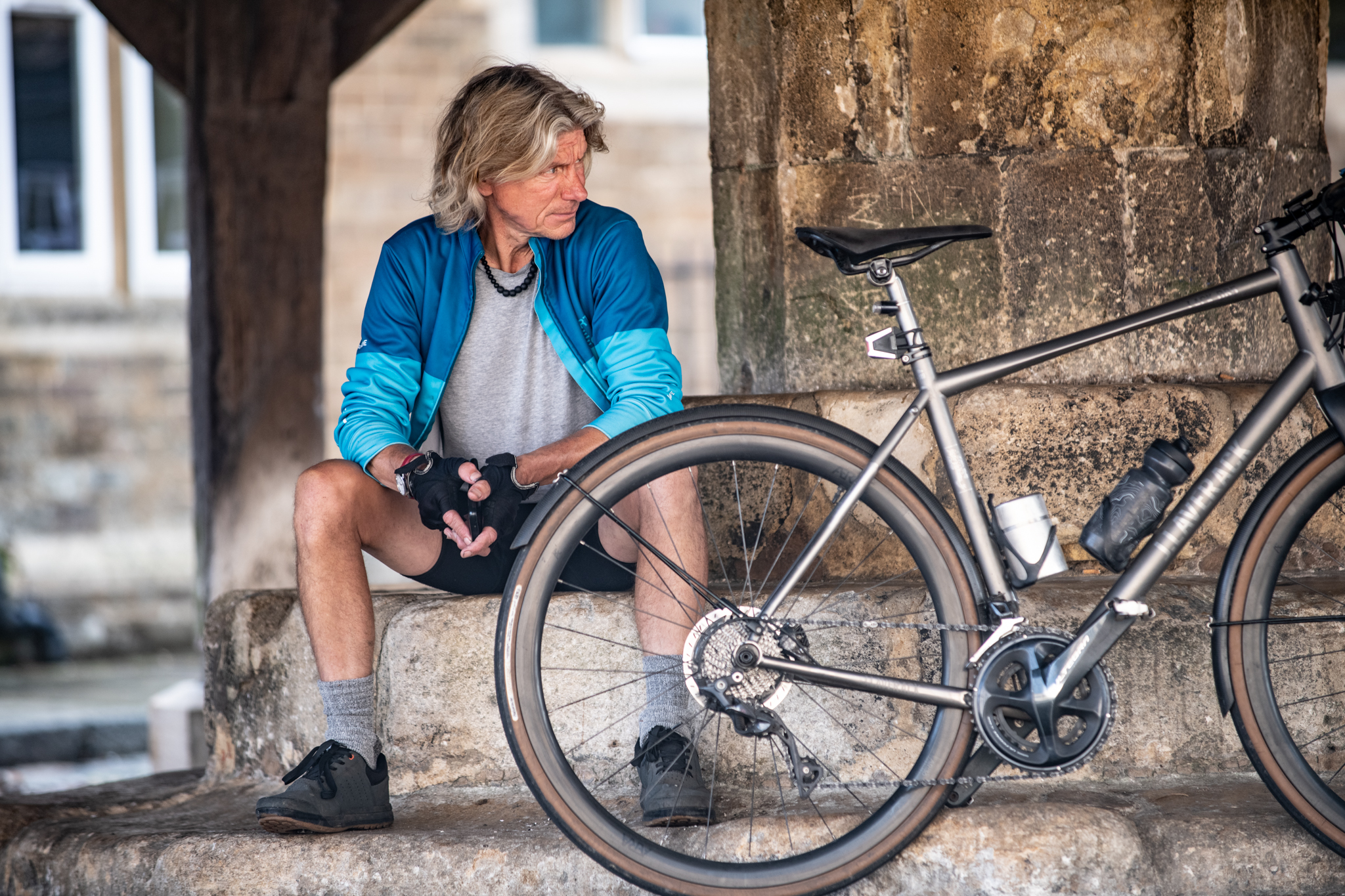
When you ride a bike daily you start to notice things you want to improve. For me, I didn’t like having spacers under the stem. I also thought the angle with a taller head tube would look sexier. And I wanted the cables to disappear into the head tube and I didn’t want to see them again until they pop out where they need to go. In reality I wanted a totally bespoke frame, still in titanium. Oli said ‘Yes, of course.’ So I ordered my second J.Laverack.
I’ve worked with J.Laverack to develop a couple of components. The Aera Dynamo Disc Fork, for example, conceals the cable from a hub-based dynamo up to the front light. We also worked together on the Streamline headtube, which brings the cables into the strongest part of the frame while minimising the amount of visible cable. There are a couple of other concepts in the pipeline, too.
When you are on a bike you are never alone, even if you are riding on your own. Your bike is like your best mate, riding that journey with you. If you’re riding something that feels responsive and you feel that the effort you put in is rewarded by the distance you are travelling, then it makes the whole journey a lot better. I don’t want to sound too emotional and zen, but it is a relationship of sorts.
The longevity of products is very important to me. We live in a throw-away culture and to make something that has a limited lifetime for me is appalling. I want to work with noble materials, which is where titanium comes in. It will be around forever and with a bit of spit and polish, regardless of how many winters it has been through, it will look just as good. A colleague at Aston Martin, Andre, bought my old J.Laverack bike. Now he’s cycling every day into work, and it’s good to see that legacy. I’ve already promised him my new J.Laverack in my will. The journey continues…
Click here to see Garry’s latest commission, the flamboyant Curv3 Concept.
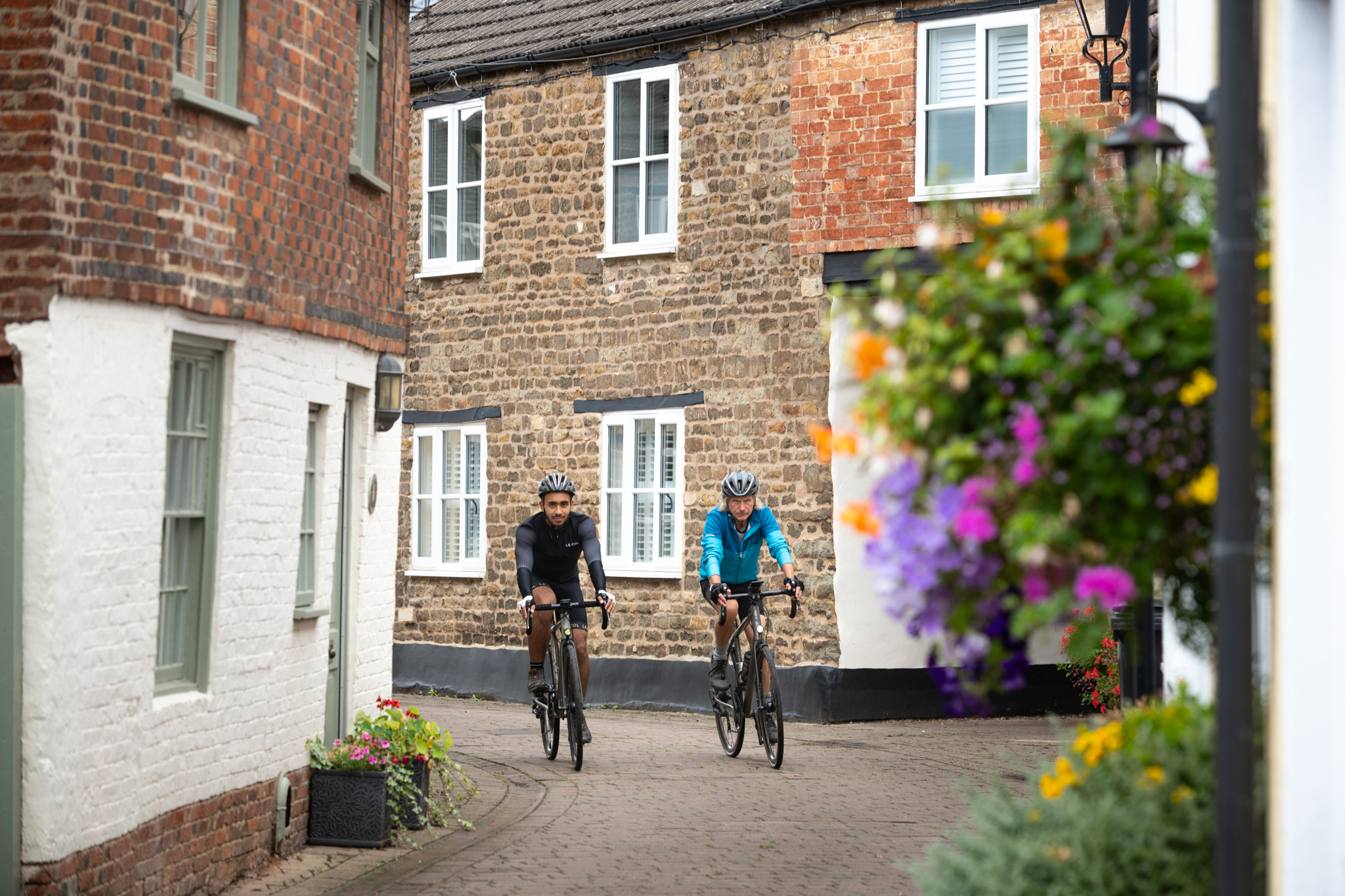
Bicycle Specification
– Custom Geometry J.ACK frame
– ÆRA AR Dynamo Disc Fork
– Pavé frame finish
– Personalised engraved drop-out
– Engraved headbadge design
– Streamline integrated cable routing (headtube & bottom bracket)
– Shimano Ultegra Di2 groupset
– Supernova E3 Pure 3 front dynamo light
– Son rear dynamo light
– Pro PLT Seatpost
– Pro PLT handlebar and stem
– Fizik soft touch bar tape
– Brooks C13 saddle
– ÆRA AR|36 carbon wheels hand-built in the UK with a Son Dynamo front and Hope RS4 rear & Sapim CX-Ray spokes with brass nipples
– Panaracer Gravel King SK 32mm tubeless tyres



